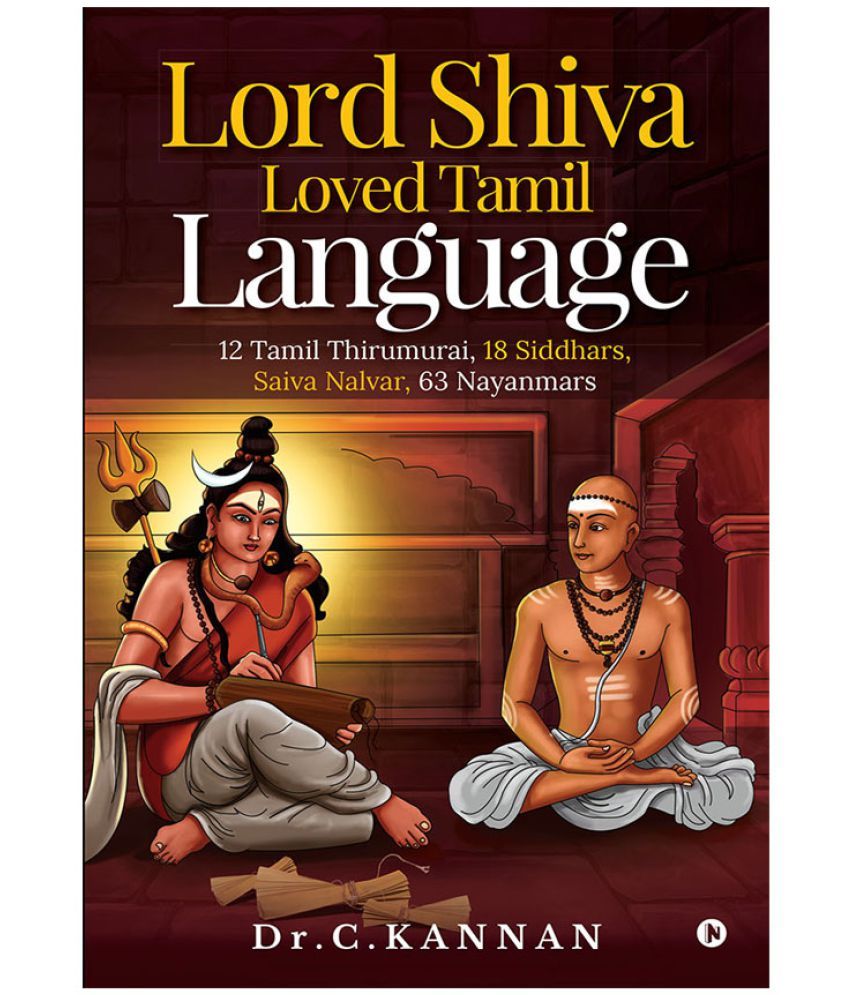

Earliest Tamil poems made an indirect reference to Agastya by comparing Pothiyil Mountains with the Himalayas. Kamban praised Agastya as the one who gave us the boundless ocean called Tamil. In fact Tamils did not hesitate to use Sanskrit wherever necessary. Key words in Sangam Tamil such as Kamam (sexual desire), Manam(mind), Ulakam (world), Arasan (king), avai(Sabha) etc came from Sanskrit. Hundreds of beliefs and customs were common to both the south and the north from as early as the Sangam period. Tiruvalluvar who followed Tolkappiyar also said everything in 1330 couplets under Dharma Artha and Kama (Aram, Porul, Inbam in Tamil) in his Tirukkural. The oldest book in Tamil, Tolkappiyam, speaks of Dharma Artha Kama in the same order.

Writers of both the languages follow the same style and beliefs, literary styles (genres) and the values in life.

Both have similar case suffixes and alphabetical order. We may take it as an indirect reference.Īpart from this story, another important thing is Tamil is the closest language to Sanskrit and vice verse. Most of the Vaishnavite and Saivite saints praised Tamil and Sanskrit together in their poems. Great Tamil poet Kamban also praised Lord Siva as the giver of Tamil language in his Tamil Ramayana and lauded Agastya as the one who gave Tamil which is like boundless ocean. Paranjothy, author of Tiru Vilayadal Purana also says that Lord Siva gave Panini the Sanskrit language and gave Agastya Tamil which is equal to Sanskrit. All these are found in ancient Tamil commentaries from 13th century (please see for details Ravana-Pandya Peace treaty posted on 24th June 2014). A peace treaty was signed between the Pandyas and Ravana not to attack Tamil Nadu. Tamils have been living in this land from the days of Ravana. The earliest reference to Agastya in connection with Tamil land comes from the Raghuvamsam of Kalidasa of first century BCE. He led 18 tribes from the north which is attested by commentator Nachinarkiniyar (See Tolkaapiam commentary and Puram verse 201). But Shiva promised him that he would be on his side in the south. Agastya was not happy to go out of the Himalayas, where Lord Shiva has his permanent abode. He asked Agastya to lead one group of people to the south. “Himalayas was tilting to one side due to heavy concentration of people”. Agastya was sent by Lord Shiva to the south to reduce the imbalance in the population in Northern India (Please see the details in my earlier post on the Population Explosion: Oldest Reference is in Hindu Scriptures posted on 2nd February 2013). This was the age old belief at least from Kamban’s time (Twelfth Century CE). S Ramakrishnan)īam Bam Bam bam bam bam Bhaje Damaru (Bhajan song)īharati did not concoct a new story. Greatest of the modern Tamil poets Subramanya Bharati said in his poem “Mother Tamil”:Ĭombined wine and fire, wind and cosmic space Saivite and Vaishnavite saints also praised Sanskrit and Tamil in their hymns from seventh century CE. Tamil poets Kamban, Paranjothy and Bharatiyar openly proclaimed this truth and Kalidasa indirectly referred to it in his Raghuvamsam. Where is the proof for such a belief in Tamil? Panini, the first grammarian in the world, used the Maheswara sutrani to write Sanskrit grammar. The fourteen Maheswara Sutras (fourteen sounds of letters) came from one side of the drum. They believed that Siva’s drum Damaruka gave Sanskrit from one side and Tamil from another side. Research article No.1409 Dated 13th November 2014.Īncient Tamils believed that Lord Shiva gave two languages to the Hindus: Sanskrit and Tamil. Research paper written by London Swaminathan


 0 kommentar(er)
0 kommentar(er)
